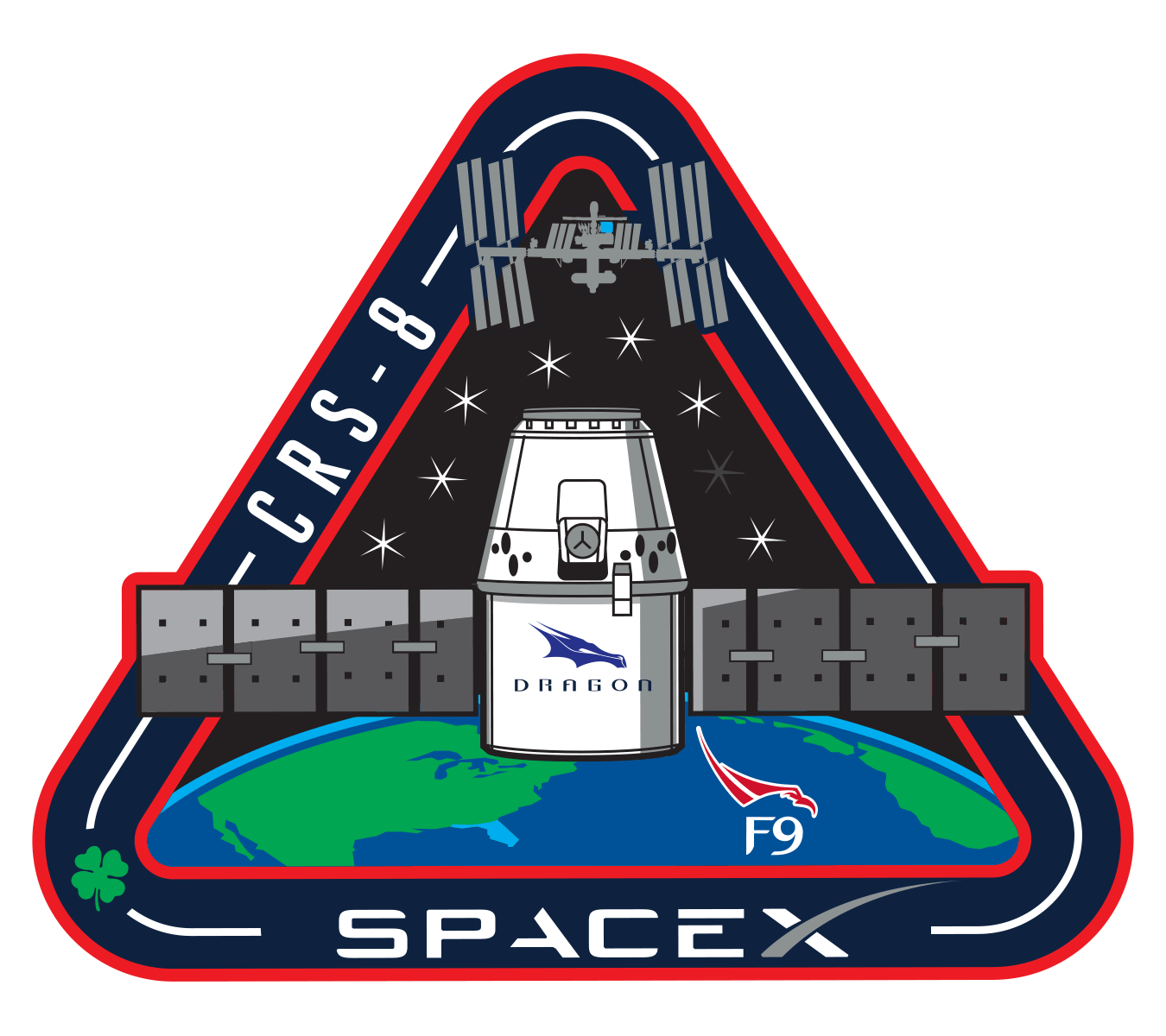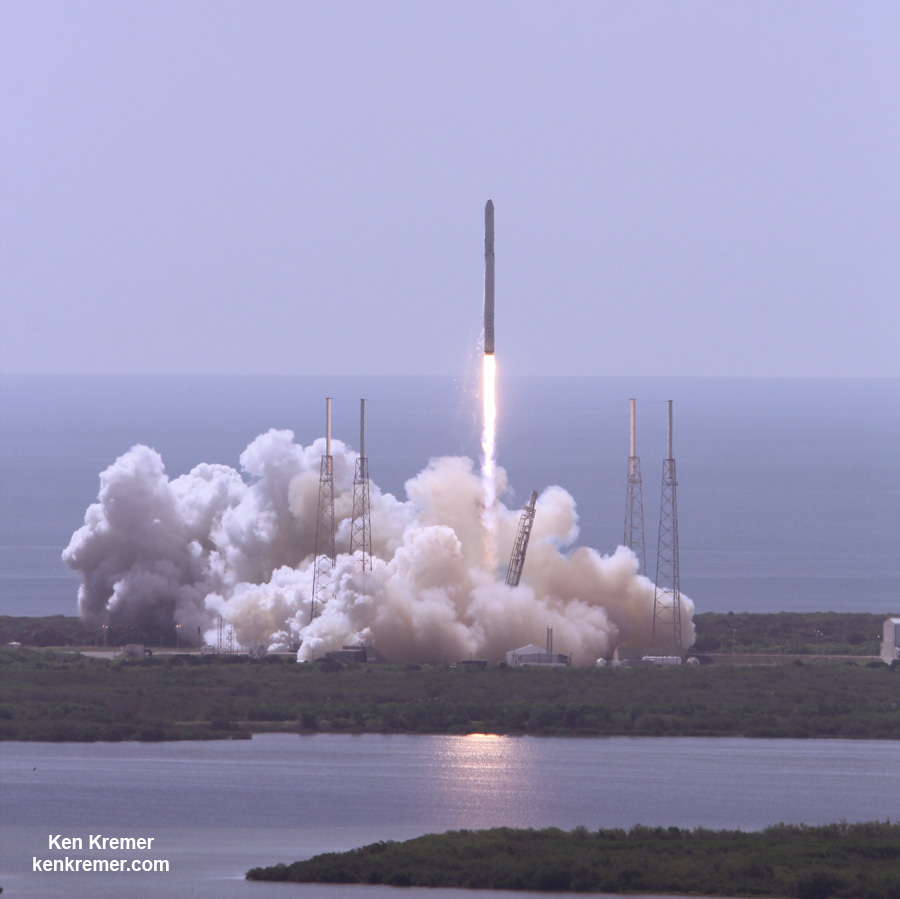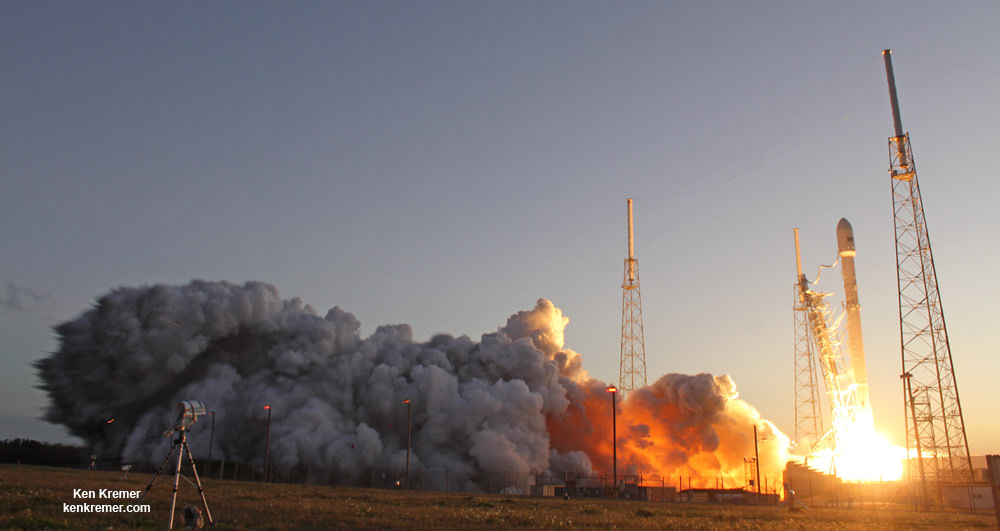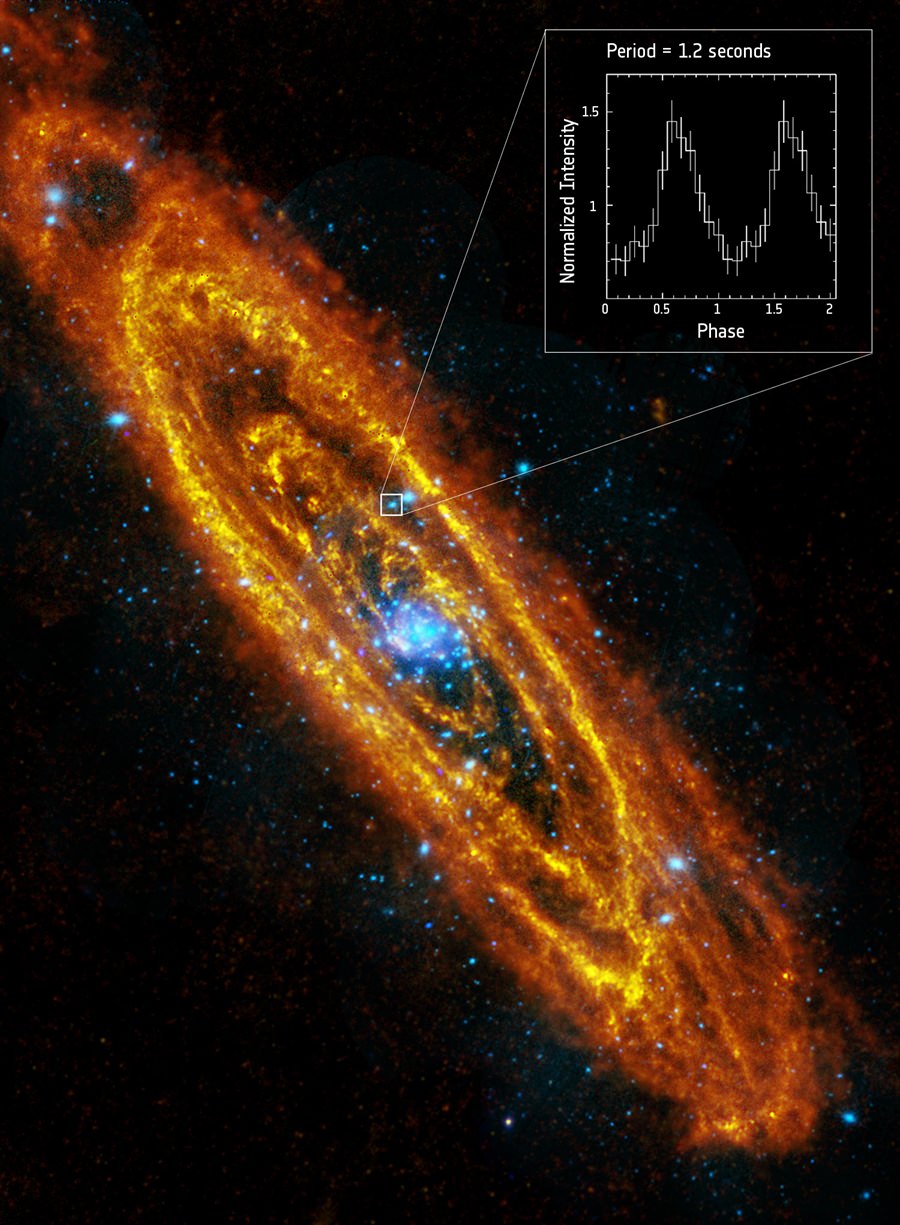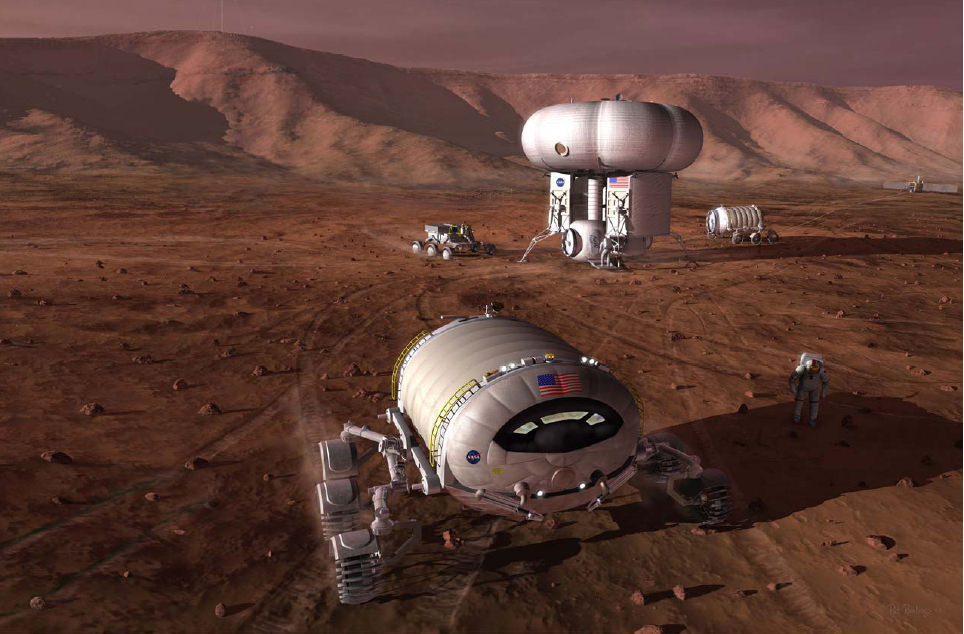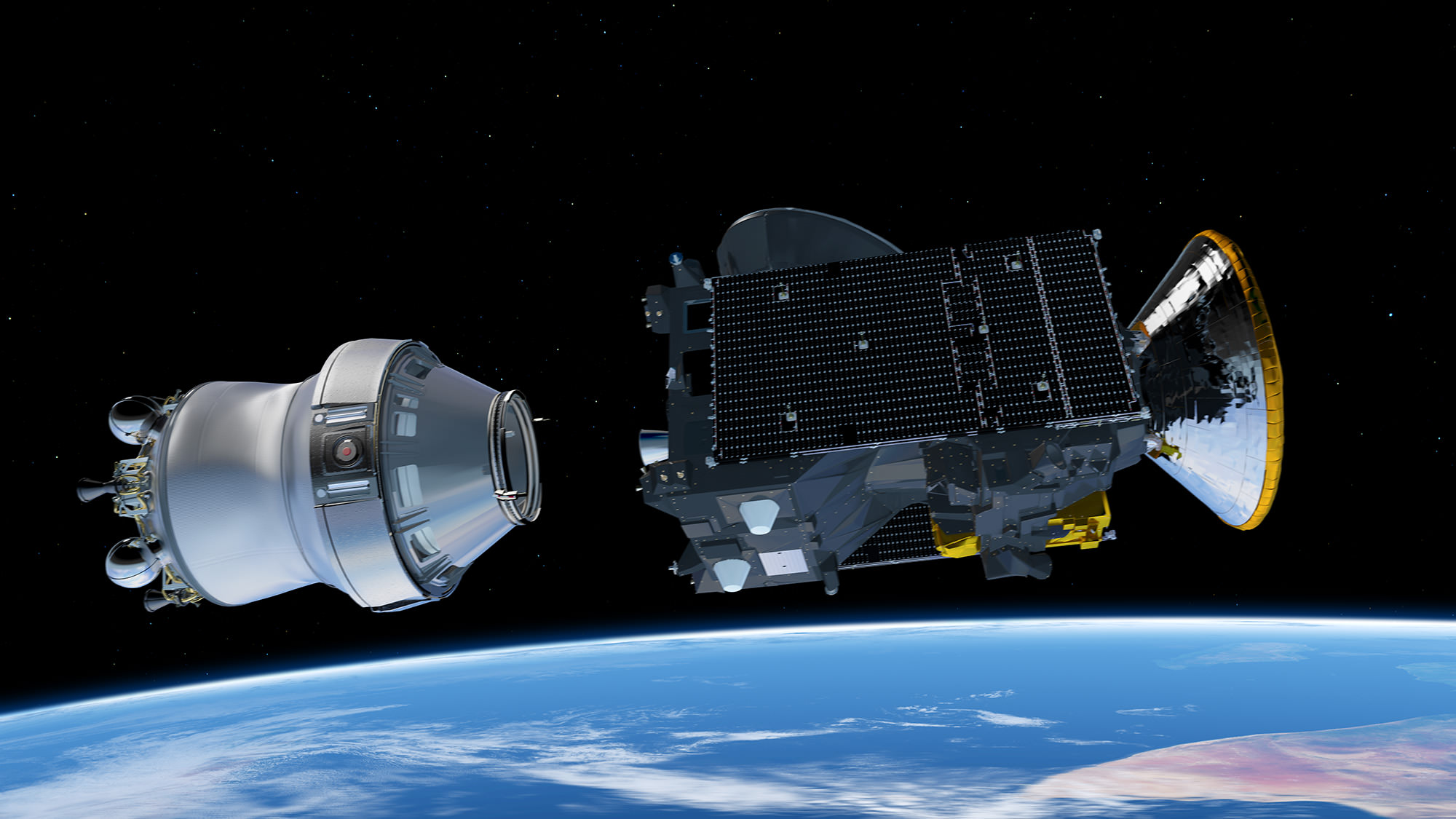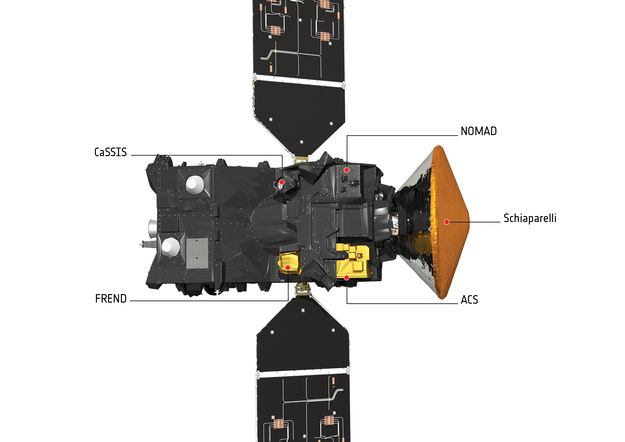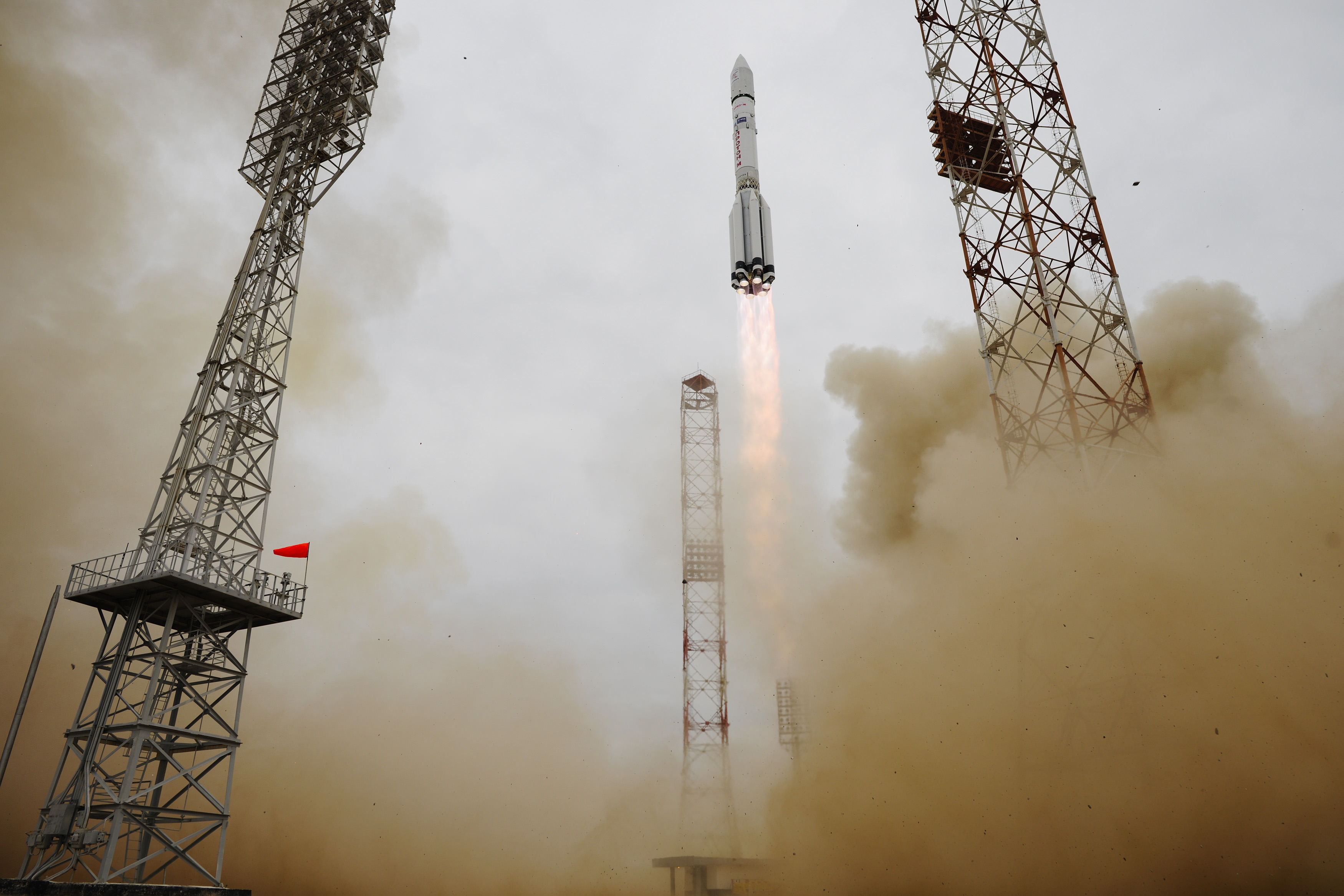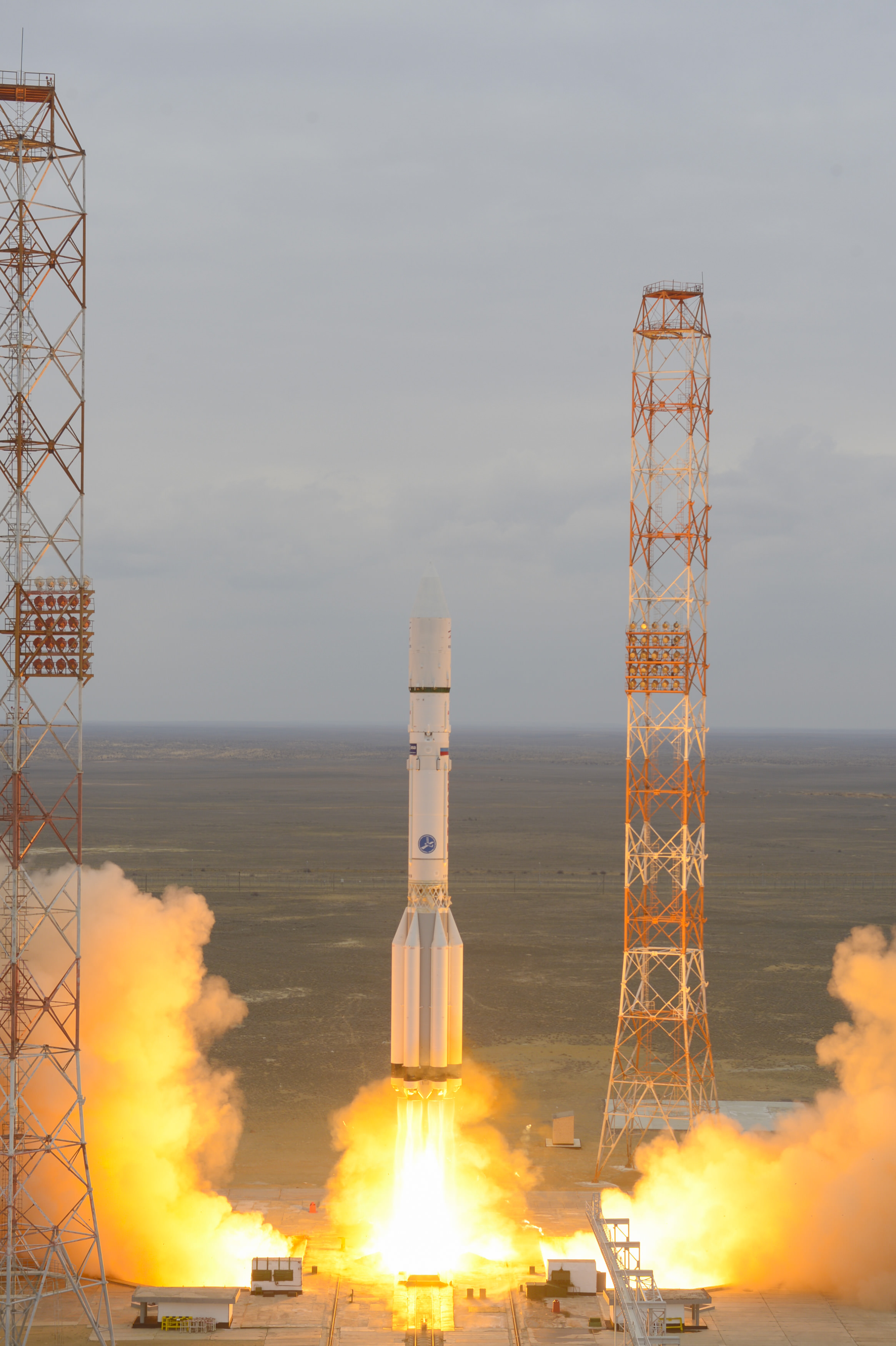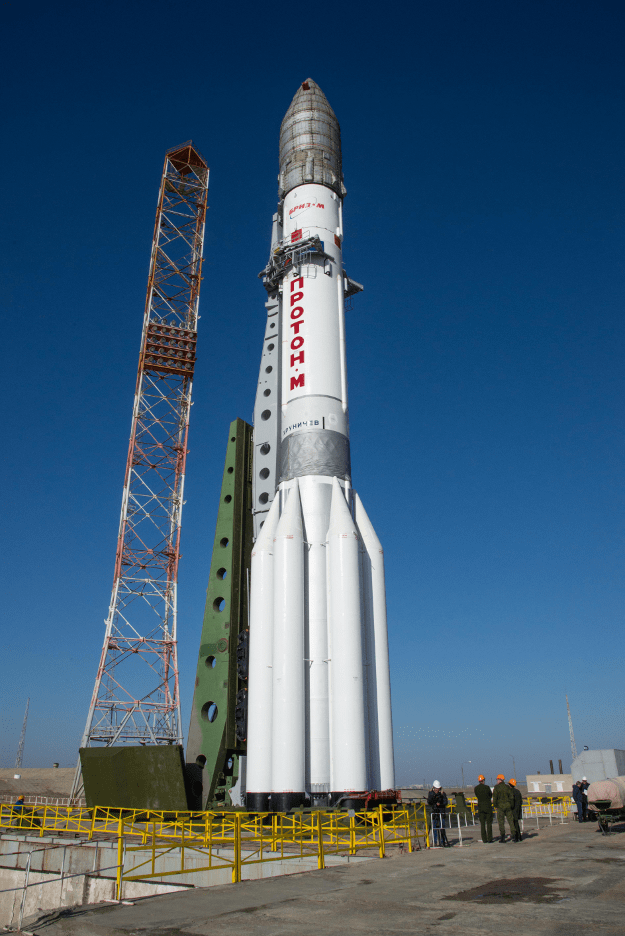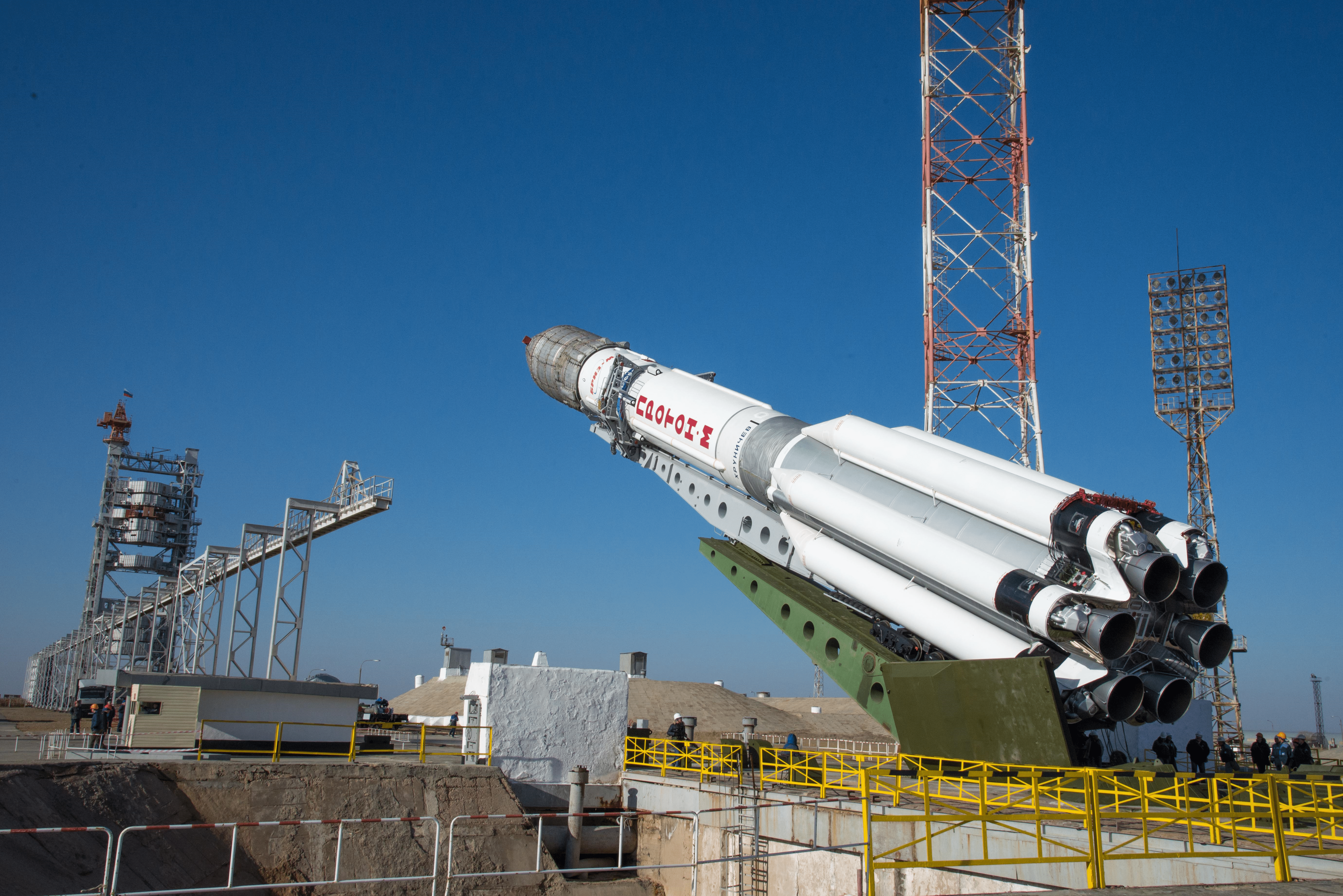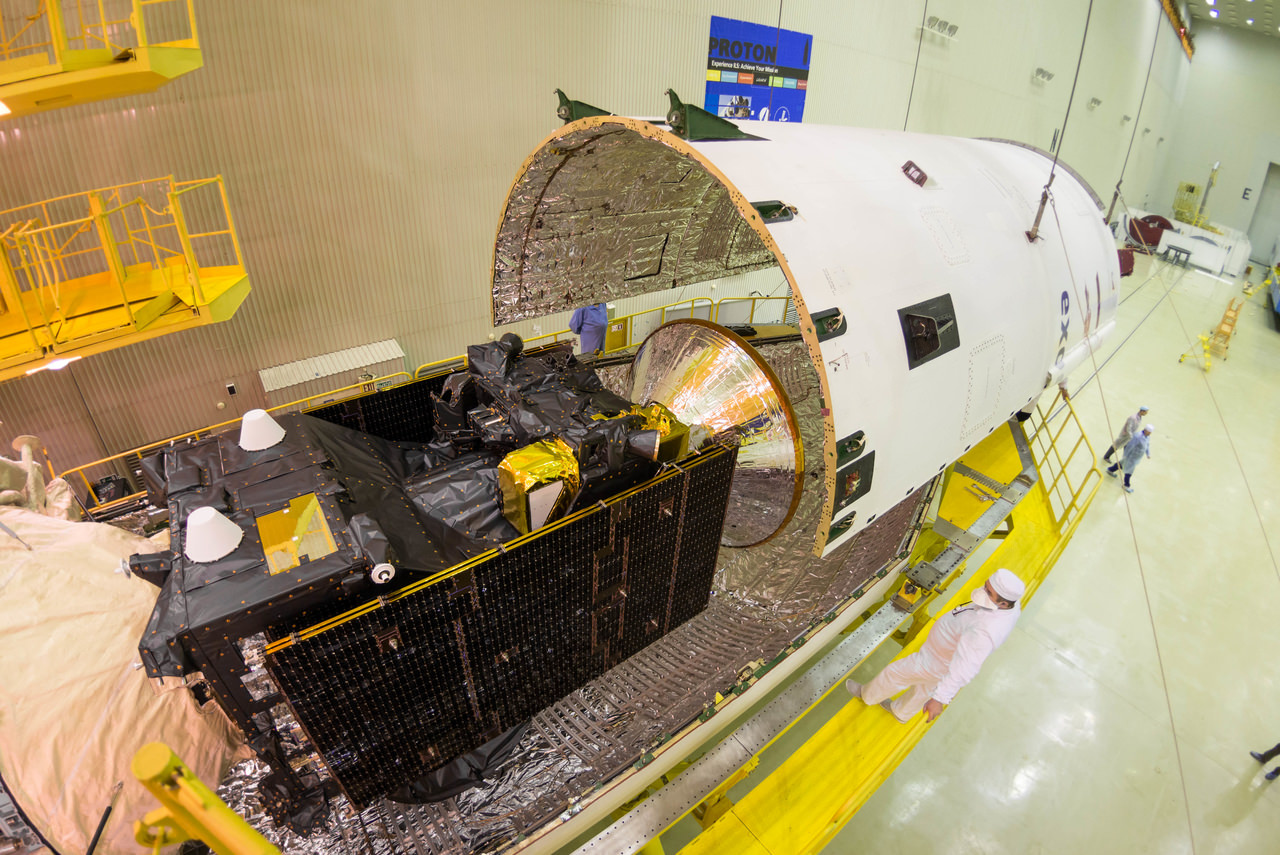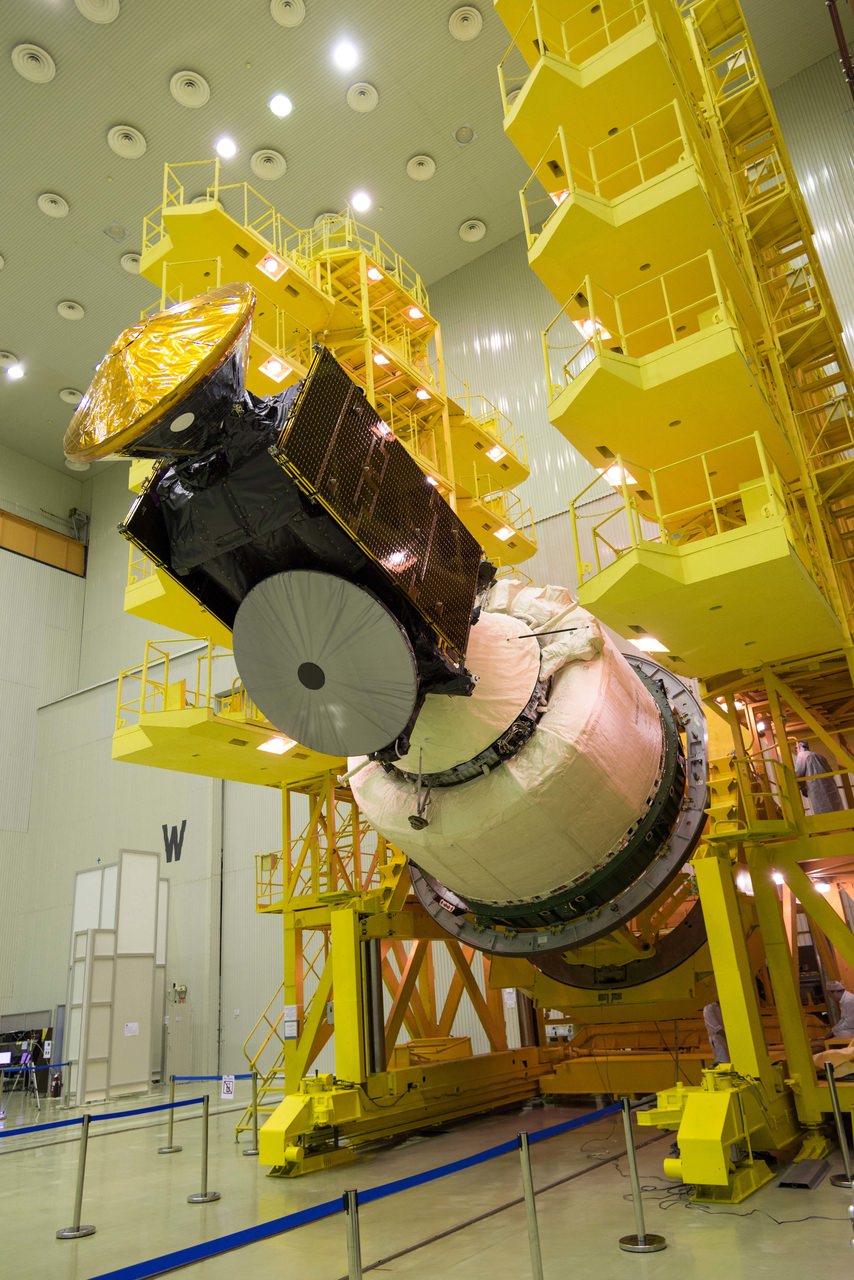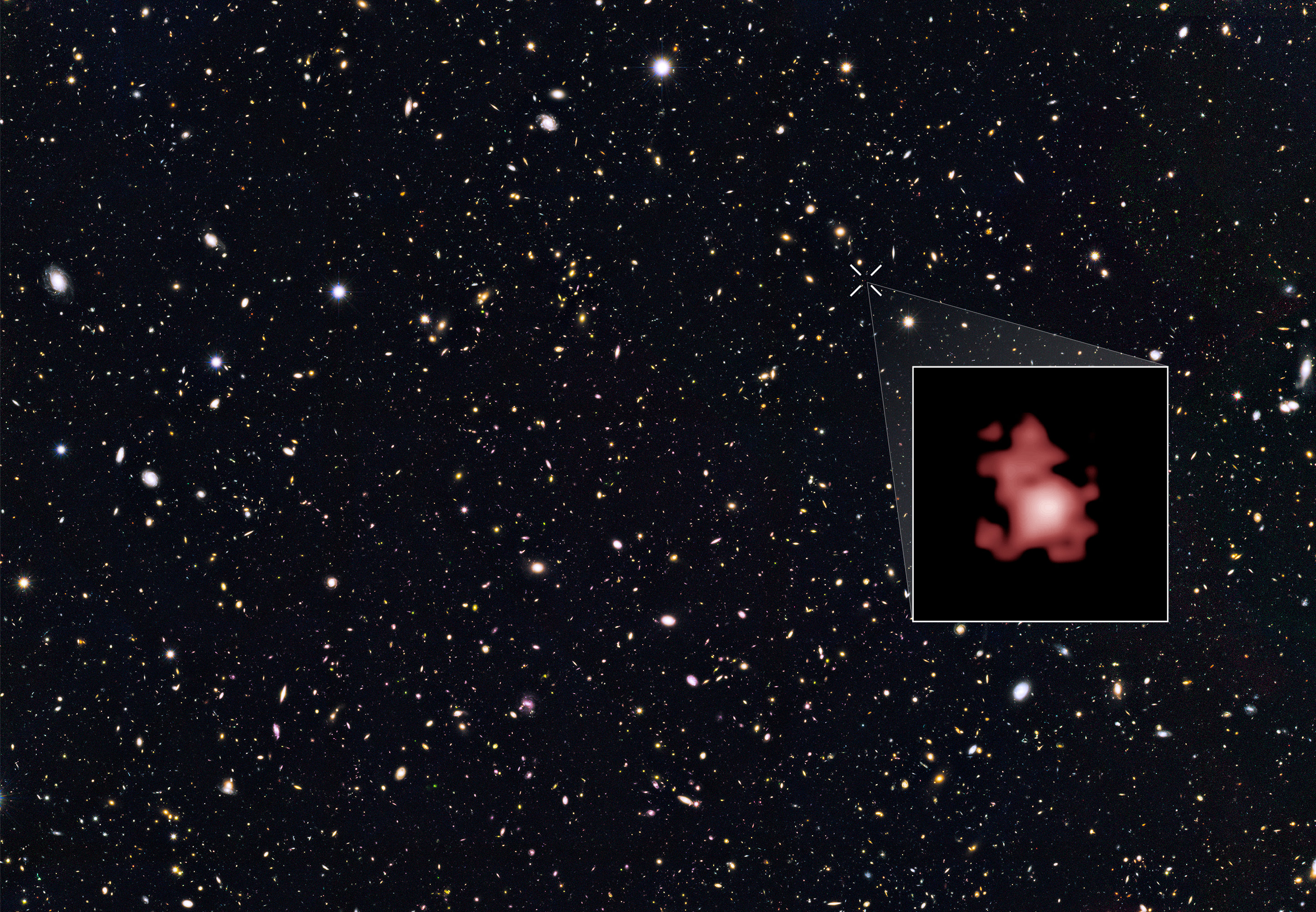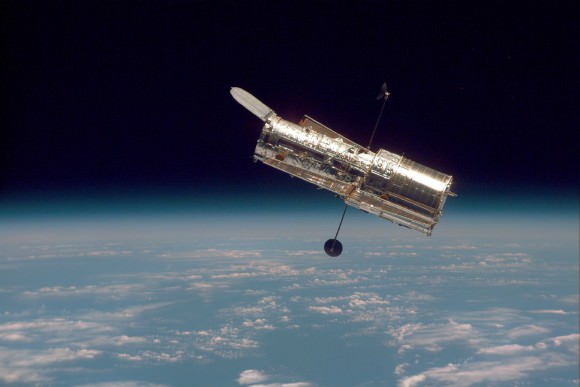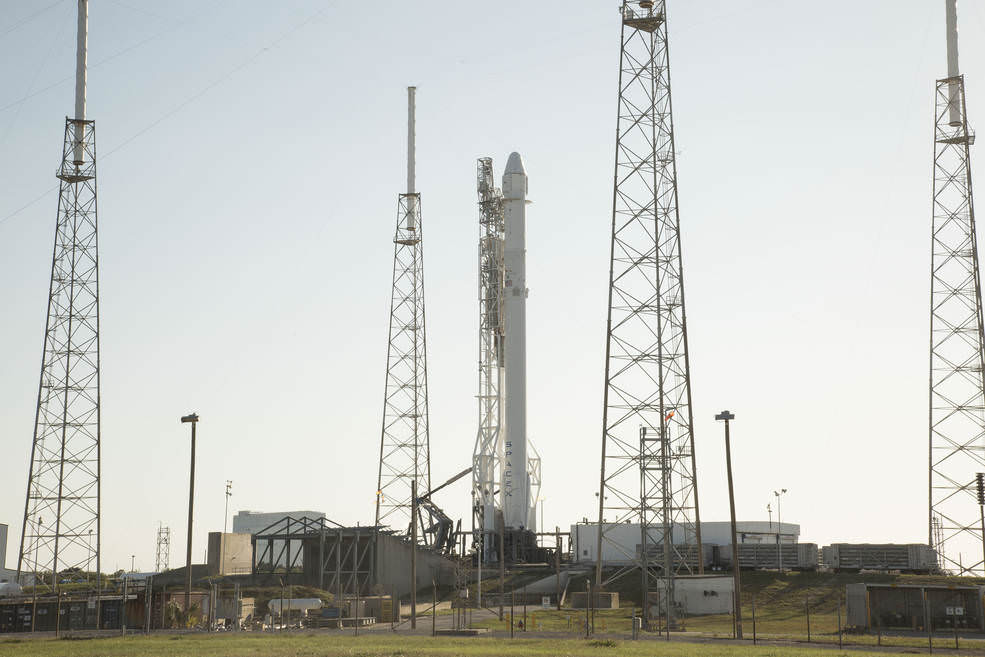
The SpaceX Dragon is set for its ‘Return to Flight’ mission on Friday, April 8, packed with nearly 7000 pounds (3100 kg) of critical cargo and research experiments bound for the six-man crew working aboard the International Space Station.
Blastoff of the commercial SpaceX Falcon 9 carrying the Dragon CRS-8 resupply ship is slated for 4:43 p.m. EDT from Space Launch Complex 40 at Cape Canaveral Air Force Station in Florida.
The weather outlook looks great with a forecast of 90 percent “GO” and extremely favorable conditions at launch time of the upgraded, full thrust version of the SpaceX Falcon 9. The only concern is for winds.
The SpaceX/Dragon CRS-8 launch coverage will be broadcast on NASA TV beginning at 3:30 p.m. EDT with additional commentary on the NASA launch blog.
SpaceX also features a live webcast approximately 20 minutes before launch beginning at 4:23 p.m. EDT.
You can watch the launch live at NASA TV at – http://www.nasa.gov/nasatv
You can watch the launch live at SpaceX Webcast at – spacex.com/webcast
The launch window is instantaneous, meaning that any delays due to weather or technical issues will results in a minimum 1 day postponement.
A backup launch opportunity exists on Saturday, April 9, at 4:20 p.m. with NASA TV coverage starting at 3:15 p.m.
SpaceX most recently launched the upgraded Falcon 9 from the Cape on March 4, 2016 as I reported from onsite here.
Friday’s launch marks the first for a Dragon since the catastrophic failure of a SpaceX Falcon 9 rocket in flight last year on June 28, 2015 on the CRS-7 resupply mission.
CRS-8 counts as the company’s eighth flight to deliver supplies, science experiments and technology demonstrations to the ISS for the crews of Expeditions 47 and 48 to support dozens of the approximately 250 science and research investigations in progress.
Also packed aboard in the Dragon’s unpressurized trunk section is experimental Bigelow Expandable Activity Module (BEAM) – an experimental expandable capsule that the crew will attach to the space station. The 3115 pound (1413 kg) BEAM will test the use of an expandable space habitat in microgravity. BEAM will expand to roughly 13-feet-long and 10.5 feet in diameter after it is installed.
As a secondary objective, SpaceX will attempt to recover the Falcon 9 first stage by propulsively landing it on an ocean-going droneship barge stationed offshore in the Atlantic Ocean.

Expedition 47 crew members Jeff Williams and Tim Kopra of NASA, Tim Peake of ESA (European Space Agency) and cosmonauts Yuri Malenchenko, Alexey Ovchinin and Oleg Skripochka of Roscosmos are currently living aboard the orbiting laboratory.
Dragon will reach its preliminary orbit about 10 minutes after launch. Then it will deploy its solar arrays and begin a carefully choreographed series of thruster firings to reach the space station.
After a 2 day orbital chase Dragon is set to arrive at the orbiting outpost on Sunday, April 10.
NASA astronaut Jeff Williams and ESA (European Space Agency) astronaut Tim Peake will then reach out with the station’s Canadian-built robotic arm to grapple and capture the Dragon spacecraft.
Ground commands will be sent from Houston to the station’s arm to install Dragon on the Earth-facing bottom side of the Harmony module for its stay at the space station. Live coverage of the rendezvous and capture will begin at 5:30 a.m. on NASA TV, with installation set to begin at 9:30 a.m.
In a historic first, the launch of a SpaceX Dragon cargo spacecraft sets the stage for the first time that two American cargo ships will be simultaneously attached to the ISS. The Orbital ATK Cygnus cargo freighter launched just launched on March 22 and arrived on March 26 at a neighboring docking port on the Unity module.
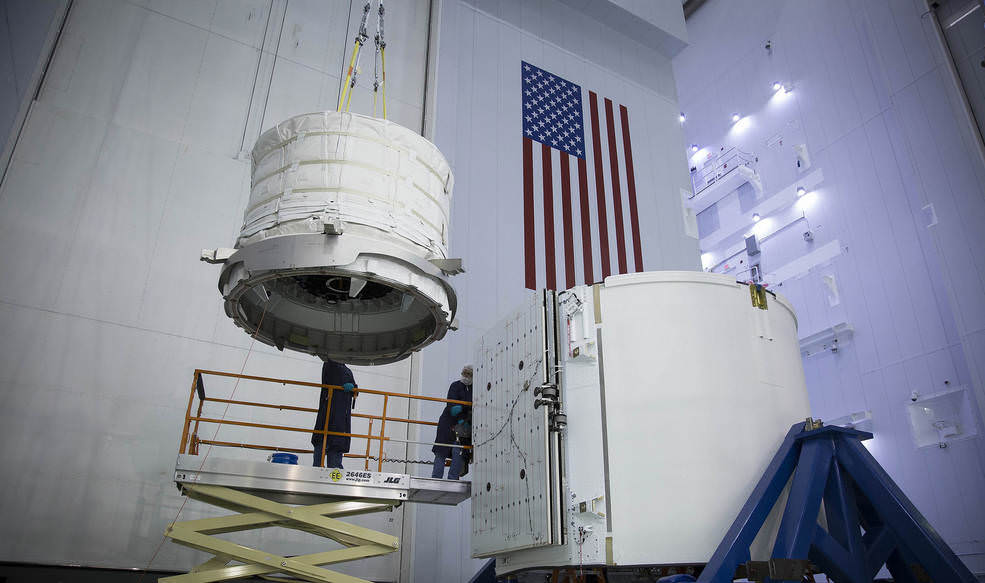
Among the new experiments arriving to the station will be Veggie-3 to grow Chinese lettuce in microgravity as a followup to Zinnias recently grown, an investigation to study muscle atrophy and bone loss in space, using microgravity to seek insight into the interactions of particle flows at the nanoscale level and use protein crystal growth in microgravity to help in the design of new drugs to fight disease, as well as reflight of 25 student experiments from Student Spaceflight Experiments Program (SSEP) Odyssey II payload that were lost during the CRS-7 launch failure.
Dragon will remain at the station until it returns to Earth on May 11 for a parachute assisted splash down in the Pacific Ocean off the coast of Baja California. It will be packed with numerous science samples, including those collected by 1 year crew member Scott Kelly, for return to investigators, some broken hardware for repair and some items of trash for disposal.
SpaceX CRS-8 is the eighth of up to 20 missions to the ISS that SpaceX will fly for NASA under the Commercial Resupply Services (CRS) contract.
Stay tuned here for Ken’s continuing Earth and planetary science and human spaceflight news.
………….
Learn more about SpaceX, NASA Mars rovers, Orion, SLS, ISS, Orbital ATK, ULA, Boeing, Space Taxis, NASA missions and more at Ken’s upcoming outreach events:
Apr 9/10: “NASA and the Road to Mars Human Spaceflight programs” and “Curiosity explores Mars” at NEAF (NorthEast Astronomy and Space Forum), 9 AM to 5 PM, Suffern, NY, Rockland Community College and Rockland Astronomy Club – http://rocklandastronomy.com/neaf.html
Apr 12: Hosting Dr. Jim Green, NASA, Director Planetary Science, for a Planetary sciences talk about “Ceres, Pluto and Planet X” at Princeton University; 7:30 PM, Amateur Astronomers Assoc of Princeton, Peyton Hall, Princeton, NJ – http://www.princetonastronomy.org/
Apr 17: “NASA and the Road to Mars Human Spaceflight programs”- 1:30 PM at Washington Crossing State Park, Nature Center, Titusville, NJ – http://www.state.nj.us/dep/parksandforests/parks/washcros.html
